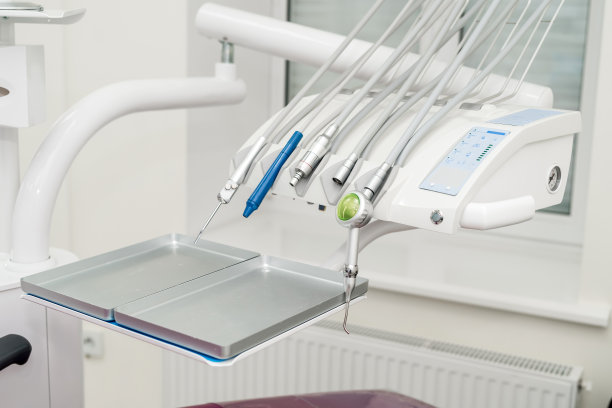The Comprehensive Guide to Extracting a Tooth and Understanding the Recovery Process for Optimal Oral Health
Summary: Extracting a tooth can be a daunting experience for many, but understanding the process and recovery can alleviate fears and promote optimal oral health. This comprehensive guide provides an in-depth look at the tooth extraction procedure, pre-operative considerations, post-operative care, and essential tips to ensure a smooth recovery. Each section offers valuable insights, ensuring that patients are well-informed and prepared. By following this guide, individuals can make the extraction process much less intimidating while prioritizing their overall oral well-being.
1. Understanding the Tooth Extraction Process

The tooth extraction process begins with a thorough examination by the dentist, including X-rays to assess the tooths position and the surrounding bone structure. This step is crucial to determine the best method for extraction, whether simple or surgical, depending on the condition of the tooth and gums.
Once the examination is complete, the dentist will provide the patient with anesthesia options to ensure comfort during the procedure. Local anesthesia numbs the affected area, while sedation options may help individuals who experience anxiety. This consideration is vital as it reinforces the importance of patient comfort throughout the extraction.
The actual process involves the carefully controlled removal of the tooth from its socket in the bone. If the tooth is visible and fully erupted, a simple extraction technique is used. However, if the tooth is impacted (not fully erupted), a surgical extraction may be necessary, where incisions are made in the gums to remove the tooth.
2. Pre-operative Considerations for Patients
Prior to the extraction, it is essential for patients to follow specific pre-operative guidelines provided by their dentist. These may include avoiding food and drink before surgery, especially if sedation is planned. Additionally, patients should disclose their complete medical history, including medications, allergies, and any prior dental issues.
Patients are also encouraged to arrange for post-operative care, as recovery can be challenging without assistance. Having a friend or family member accompany them can help ensure a smooth transition after the procedure, allowing for better rest and recovery.
Furthermore, understanding potential risks and complications associated with tooth extraction is essential. The dentist should inform patients about bleeding, infection, and dry socket, which could occur post-operation. This knowledge empowers patients to recognize abnormal signs and seek help if necessary.
3. Post-operative Recovery Process Explained
The recovery period following a tooth extraction typically lasts a few days, but patients should prioritize care for optimal healing. Initially, it is crucial to bite down on gauze pads to control bleeding and promote clot formation. Patients should replace gauze as needed, following their dentists recommendations.
Managing pain and discomfort after the extraction is another vital aspect of recovery. Dentists often prescribe pain relievers or recommend over-the-counter medications like ibuprofen. Ice packs applied to the exterior of the cheeks can also help reduce swelling and discomfort during the first 24 hours.
Patients should adhere to a specific diet during recovery, focusing on soft foods such as yogurt, mashed potatoes, and smoothies, while avoiding hot, spicy, or crunchy foods that could irritate the extraction site. Staying hydrated is important, but patients are advised to avoid using straws in the days following the procedure, as suction can dislodge the healing clot.
4. Tips for Ensuring Optimal Oral Health
After recovering from a tooth extraction, individuals should adopt practices to maintain optimal oral health. Regular dental checkups and cleanings are essential for detecting potential issues early and keeping teeth and gums healthy.
Practicing good oral hygiene habits at home is equally important. This includes brushing teeth at least twice a day and flossing daily. Patients should pay particular attention to the extraction site during the healing process, following the dentists guidelines on when to resume normal oral hygiene practices.
Lastly, individuals should also be attuned to their body’s signals. If they experience persistent pain, swelling, or other unusual symptoms following the extraction, they should contact their dentist immediately. These proactive steps underline the significance of ongoing communication with dental professionals to ensure lasting oral health.
Summary:
This article has detailed the essential elements of tooth extraction and the subsequent recovery process. Understanding both aspects allows for greater patient preparedness and lesser anxiety regarding dental procedures. By practicing good habits and seeking professional guidance, individuals can achieve optimal oral health and well-being.
This article is compiled by Vickong Dental and the content is for reference only.



